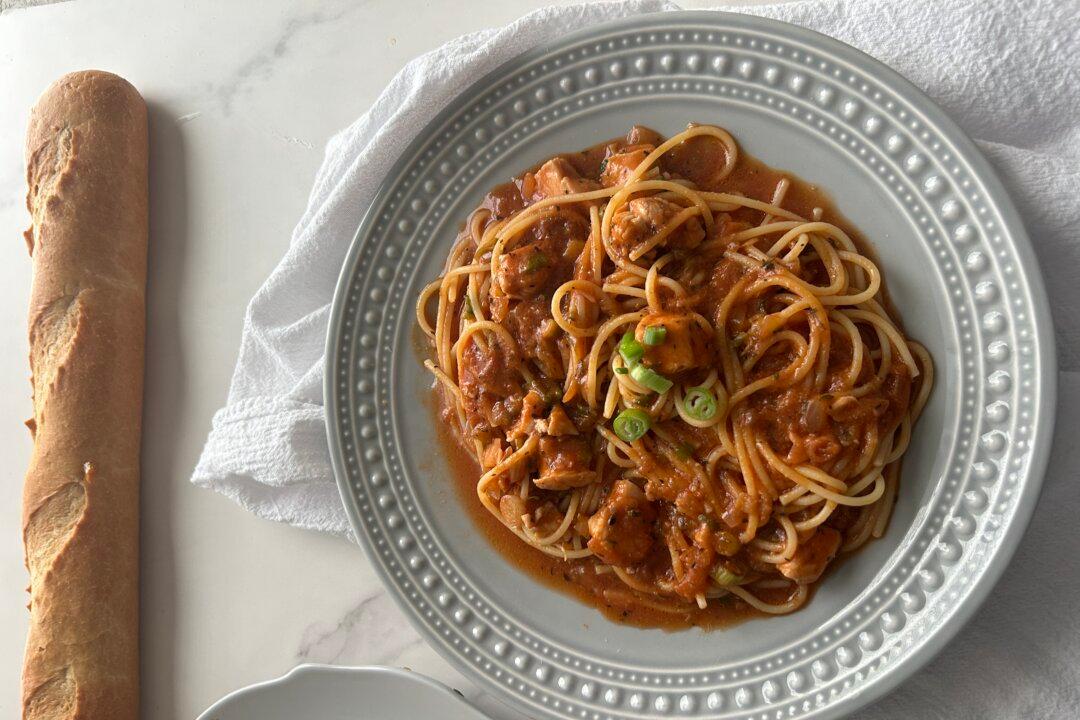Paul Prudhomme, the inaugural Cajun celebrity chef, burst onto the American food scene just in time to rescue me and my brothers from a mother who was indifferent to food. Against the backdrop of a kitchen plagued by dry pork chops and canned peas, my brother, inspired by a friend, made Prudhomme’s Chicken Big Mamou on pasta for our family.
It was a food moment that redeemed our entire childhood.

